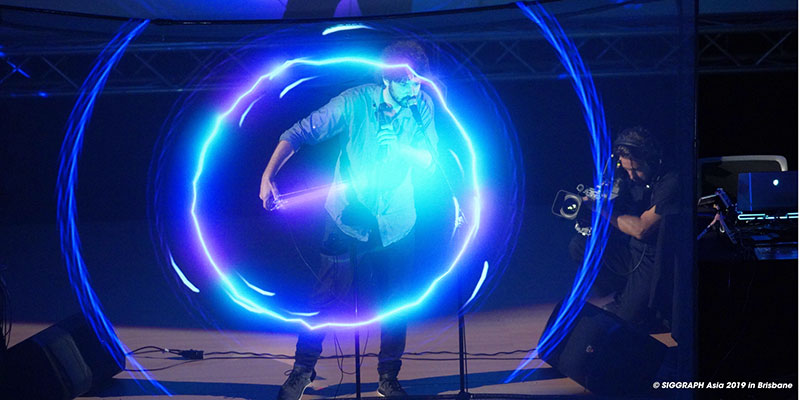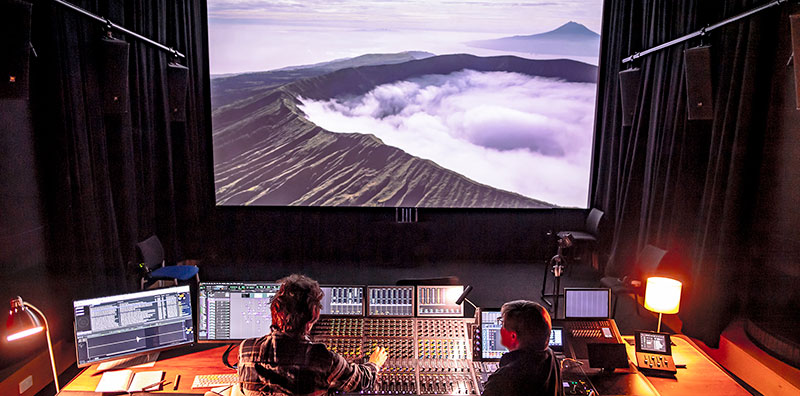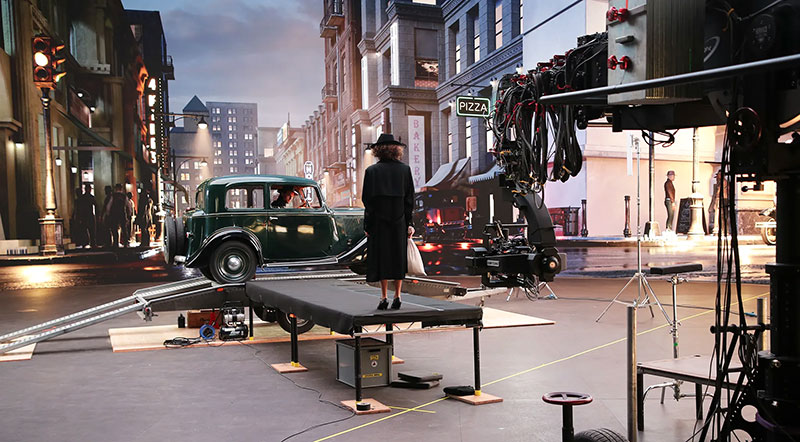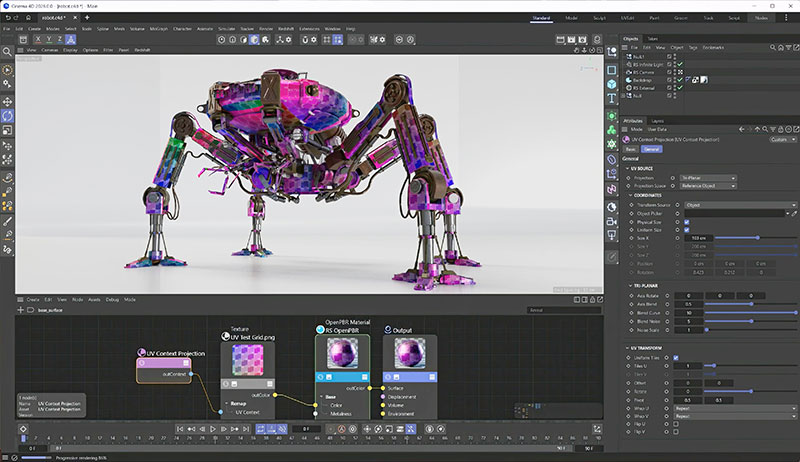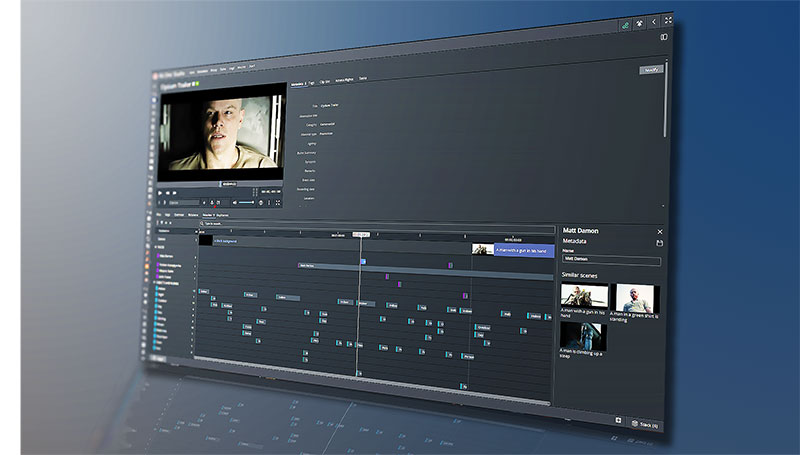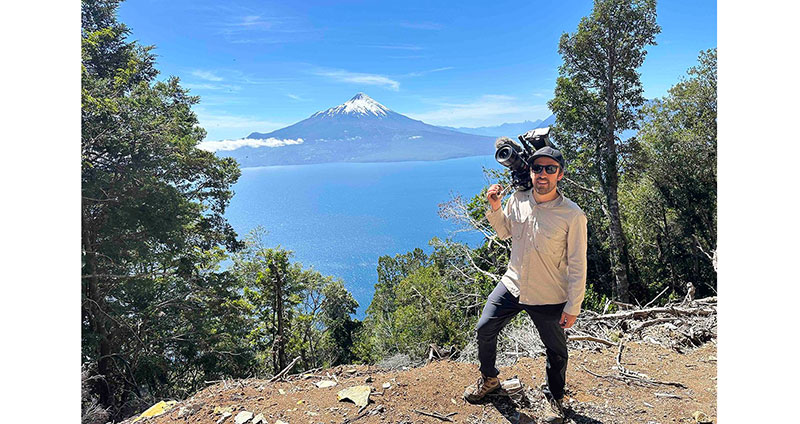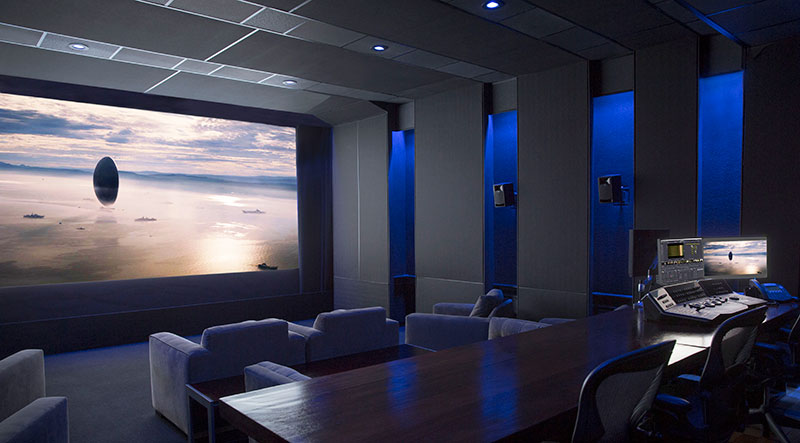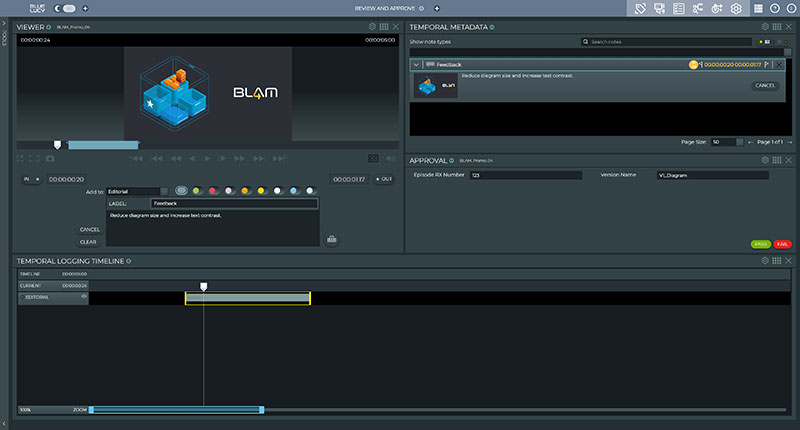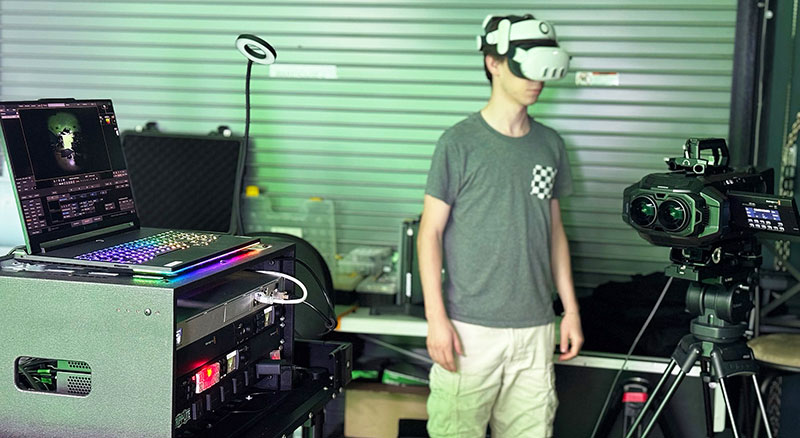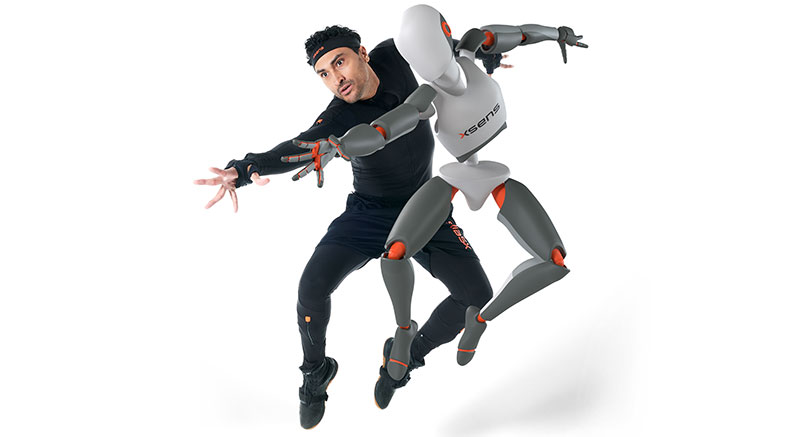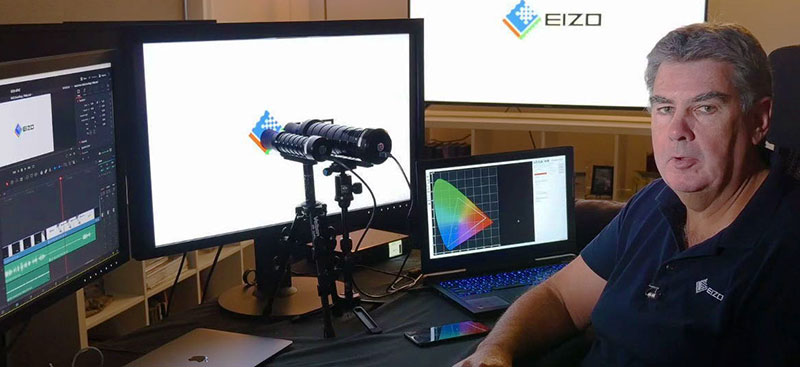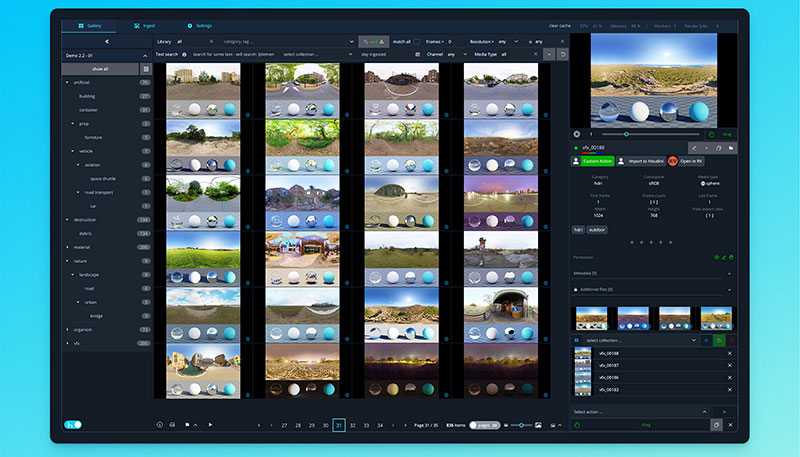Light Iron uses Nara to handle file navigation, content streaming and information sharing workflow efficient through a single, secure interface, making workflows simpler and faster.
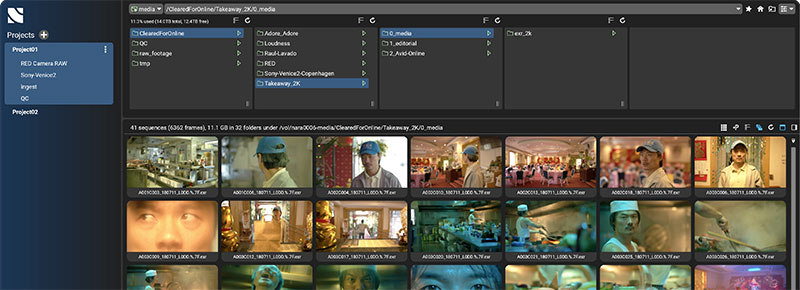
The creative team of colourists, online editors, visual-effects artists and software engineers at Light Iron – the post-production services division of Panavision group – support all levels and types of feature films and episodic series. Through technical expertise and artistic collaboration with filmmakers, they build custom workflows from facilities across North America and via remote services available globally.
To carry out this work, Light Iron needs efficient workflows between its own departments. Meanwhile, their producers need to view the contents of the storage area network (SAN) in real-time and, in response, create work orders and distribute files quickly and accurately.
Until recently, managing media at Light Iron involved two separate applications – one for navigating file structures and another for securely viewing playable content. However, this dual system had drawbacks. For instance, having to switch between two applications was time-consuming. It also lacked depth in its key metadata capabilities, and was unable to index new files immediately, potentially leading to time delays when searching for media. The playback tool did not consistently run in real-time and missed critical burn-in information.
Finally, to give their team a competitive edge as they increased their use of remote collaboration in post-production, the Light Iron team wanted producers to be able to securely and efficiently view the material they needed, from anywhere.
An Integrated Approach
It was these challenges that led Light Iron to invest in a new tool for media handling. They chose Nara from FilmLight, software that integrates media indexing, access and streaming in one application, saving time in ways that speed up creative collaboration.
The Light Iron team is currently using Nara from the dailies verification process, through final finishing with the DI team. Installation took place in late 2024.
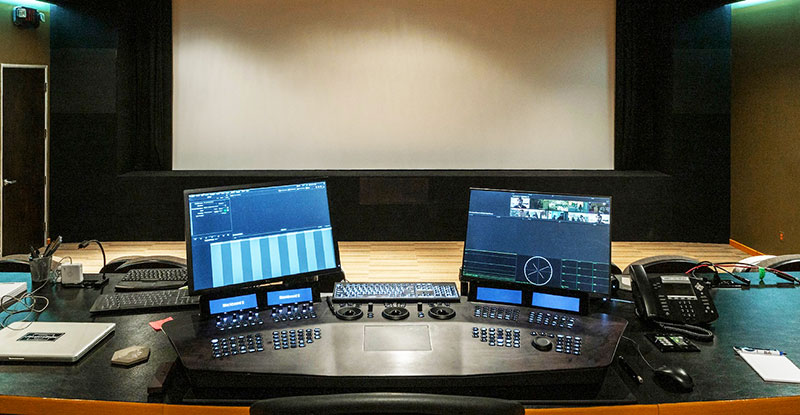
“Installation was straightforward,” said Andy Kaplan, SVP of Operations at Light Iron. “It connects to our existing network, giving it secure access to the same media and data and integrating it into the working environment. Nara users see the same environment as the artists, and have view-only access of folder structure and secure playback of source media and ancillary files and data.”
Now, instead of two separate systems, the team has one simple set of tools in a single interface. Head of Production for Light Iron Amy Redfern said, “Our producers can now navigate the file system, securely view content and share information in one piece of software. Combining these tasks has been an advantage.”
Real-time Playback
Real-time playback of files on the SANs is an important feature for Light Iron, and has significantly reduced the time the team spends searching for and accessing media. With Nara’s colour accuracy, relevant burn-ins and detailed metadata, users can precisely identify media before sending it.
When restoring media for conform or VFX, the team uses Nara to ease the process of locating the correct storage volumes and verifying that each clip and its resolution matches the project’s requirements.
Files are only accessible within the protected Nara environment – accurate, up-to-date information is supplied, but strict security protocols are maintained. “We can share file paths, distribution information and media content across departments without compromising security,” Andy said. Users can also create custom bookmarks to specific locations in their SANs, allowing each producer to quickly navigate to the most relevant files for their projects.
Currently, Nara is used by Light Iron’s DI producers and coordinators in the colour finishing production department, as well as data IO technicians and the operations team – a significant proportion of the company’s workforce. Because those users no longer have to go to a specific computer to locate files, Nara is supporting the company’s intention to meet the increasing demand for remote collaboration in post.
“Instead, they can securely access everything they need from anywhere, which gives us an edge as we join the industry’s continuing shift toward remote workflows,” said Amy.
DI Production
Senior DI Producer at Light Iron, Andrew Dale is responsible for guiding individual projects through the DI process, monitoring the team’s work and services, starting with turnover from the editorial team, through conform, colour and ingest of VFX and sound assets, through to delivery to distributors.
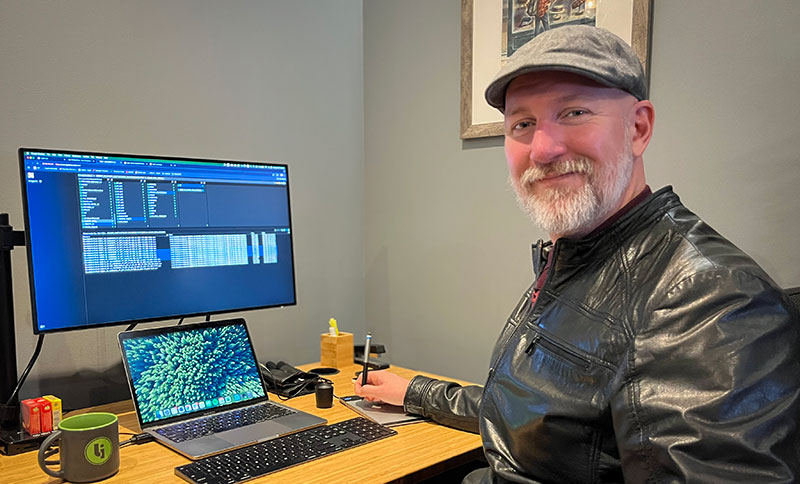
“For security reasons, we do not have direct access to the media on our storage volumes, so we typically use Nara as a tool to preview materials, and as a way of navigating our SAN structure remotely,” Andrew said. “With Nara, we can gather information about materials stored on our SAN, preview shots or deliverables before they go out to the client or the distributor and collect file paths to distribute to the rest of our team, quickly and efficiently.”
For Andrew, one of Nara’s key benefits is the ability to view materials remotely without direct access to the files or a suite in the facility. “If a client or studio sends us a QC note about a file we have delivered, I am able to load that file remotely from my desktop and review it,” he said. “I tend to go to Nara first to see if I can understand what is being called out.
“The fact that I can put eyes on a file immediately means I can better understand any notes and communicate with my team members more efficiently. I also don’t need to engage other departments – they can focus their resources on more important tasks,” he said. Furthermore, since Nara does not give direct access to files, security is less of a concern than it would be if he had to physically transfer a file offsite to review.
For Casey Odell, also Senior DI Producer, Nara has two major uses – tracking file paths and verifying content. “Nara’s biggest benefit is as a time saver,” he commented. “I can verify paths and check files myself rather than booking and waiting for other teams to get back to me with the necessary information.” Before Nara, if his team received QC notes on a delivery file, they’d need to book a session with an operator to review the file and give feedback.
He said, “Now, I can navigate to the file path, load the file and jump to the specified timecode to verify the issue myself – in just a few minutes. This quick access saves time and keeps the workflow moving.”
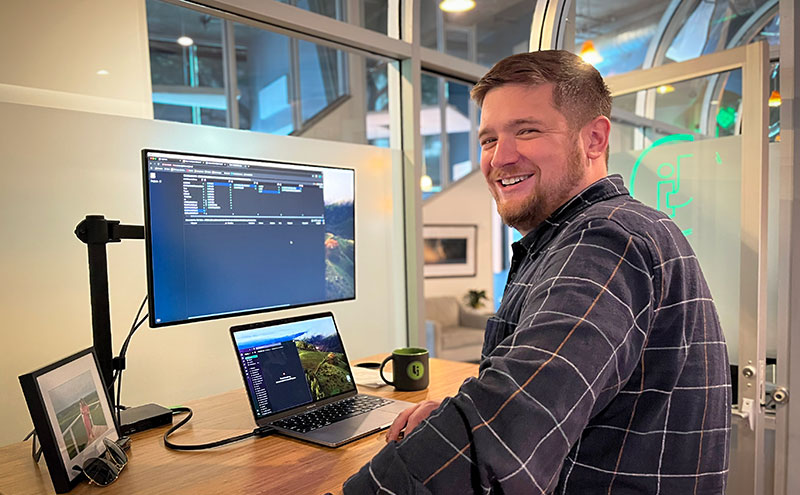
Data & Archive Verification
As Data & Archive Verification Lead at Light Iron, Matthew Leib manages archival tasks, which involves verifying checksums for ongoing dailies, creating and verifying archives for completed projects and supporting the conform and VFX teams by restoring original camera negatives.
His team uses Nara throughout each project for many of these tasks. “It’s invaluable for quickly locating files and accessing essential metadata like file size and resolution, which helps confirm files are archived correctly,” he said. “When we are restoring media for conform or VFX, Nara makes it very easy to locate the right storage volumes and confirm each clip and resolution match the project’s specifications.”
“Nara has been a major asset to our verification workflows,” said Matthew. “For active projects, we can verify restored media promptly, with less risk of workflow disruptions, and ensure accuracy when passing files to the conform team. For final archiving, it it is used to quickly check file paths, sizes and metadata, helping us maintain the attention to detail that is critical in archival work.”
In a recent project, the team needed to restore clips from multiple camera formats for VFX. “Using Nara, I confirmed each clip’s resolution and metadata quickly to make sure we delivered the correct material for the next stages of production,” Matthew said. “This level of detail resulted in a simpler workflow and fewer handoff issues.”
Coast-to-Coast Database Access
Light Iron is currently utilising Nara from their LA facility and is in the process of integrating the software in their New York location. “Once the integration is complete, we’ll be able to access files from multiple project databases and see all the media that is involved in any of our projects across the country,” Andy said. “This will be a huge advantage now that bi-coastal projects are becoming more prevalent.”
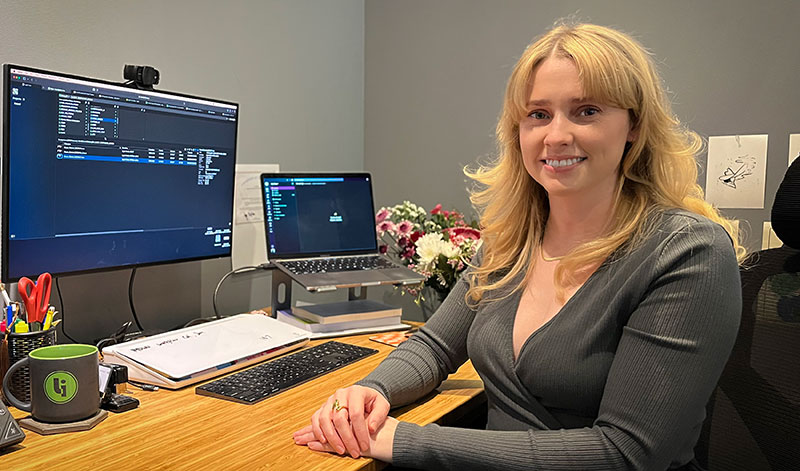
For now, Light Iron anticipates using Nara’s most recent tools for greater collaboration with remote teams and to expand into new facilities. Nara now streams media directly to clients’ external devices, while guaranteeing full colour accuracy – these features suit clients requiring an impromptu review session or struggling to book a professional suite, or anyone seeking instant client feedback.
“Features like client-view playback that allow users to share files with clients without scheduling a session, would save significant time and be more efficient,” said Amy. “Cross-facility sharing functionality will also help us manage media between locations, and enhance team and client collaboration.”
Noting the Nara team’s responsiveness to their feedback and requests, Andy said Light Iron is looking forward to seeing capabilities such as improved data and metadata tracking and features like media indexing, access and streaming for EDLs (Edit Decision Lists) as well as transcoding and custom tagging. “These enhancements would bring even greater value to our workflows,” he said. www.filmlight.ltd.uk



